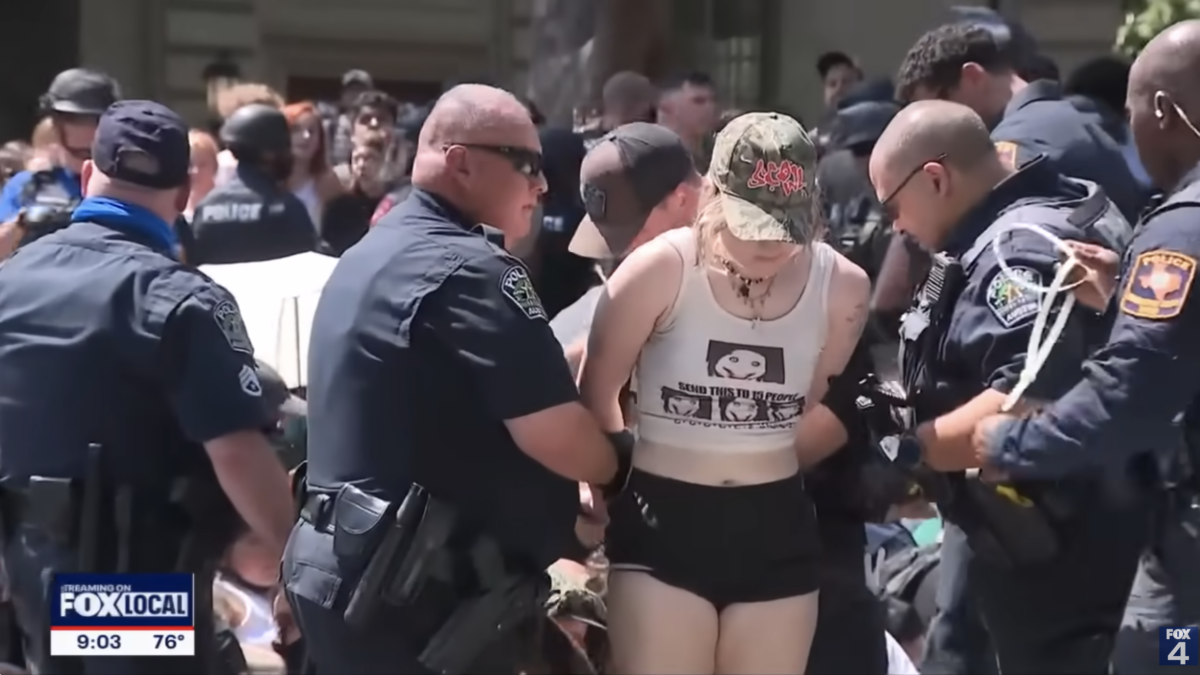
Recently I explored whether parents have a right to opt their children out of classroom discussions of transgenderism. As I explained, state law governs this question and currently only a few states grant parents the authority to remove their children from gender-identity lessons. (Guttmacher Institute provides a summary of each state’s law and Rutgers links to the controlling state statutes.) Later, I exposed the deficiencies in state sex-education opt-out statutes.
The first article also explained that while parents hold a constitutional right to make decisions regarding the upbringing and education of their children, that right—at best—allows parents to remove their children entirely from the public-school system; it does not allow them to edit the curriculum within the school system. Further, while the First Amendment and many states protect religious liberty, courts are unlikely to interpret those guarantees broadly enough to encompass an opt-out right.
So for parents who wish to avoid the confusion that will surely result from their young children learning in school a counter-factual lesson—that boys might really be, or can become, girls—the best option is to abandon the public-school system. However, for those unwilling or unable to do so, the next natural question is what rights, if any, do parents and their children retain to reject the transgender agenda within the public-school system. In short, schools cannot force pupils to affirm a gender-dysphoric student’s assumed sex.
Schools Can’t Force Students to Affirm Anything
General principles of First Amendment jurisprudence make that much clear. More than 70 years ago in West Virginia State Board of Education v. Barnette, the Supreme Court held that public schools could not force students to salute a flag, explaining: “If there is any fixed star in our constitutional constellation, it is that no official, high or petty, can prescribe what shall be orthodox in politics, nationalism, religion, or other matters of opinion or force citizens to confess by word or act their faith therein.”
Here’s what that means for classmates of a student presenting at school as transgendered. A school cannot mandate that other children “mis-sex” a gender-dysphoric student. In other words, a pupil cannot be forced to call a boy a girl, or refer to a boy as a “she” or “her.” Nor can a school insist that pupils celebrate a “gender-reveal” or “coming out” of a gender-dysphoric classmate through applause or other affirming behavior.
Additionally, teachers may not require students to believe the transgender lessons taught in school or to profess such a belief in classroom discussions, on examinations, or otherwise. If instructors test students on theories of gender identity, students would be well within their rights to annotate questions or responses to make them accurate. To illustrate, if a teacher posed this question: “What pronoun should you use to refer to a transgender man?” A student could response with a caveat, along these lines: “You told the class to refer to a transgender man with masculine pronouns.”
Similarly, schools cannot require students to identify themselves as “gender-normative” or by a term such as “cisgender.” Such words assume sex is “assigned at birth,” as opposed to observed at birth. They also presume gender can be completely divorced from sex. Just as a school cannot directly require a student to profess such a belief, it cannot do so indirectly.
Schools Can’t Force Kids into Intersex Nakedness
Another issue children face concerns their privacy rights in school bathrooms and locker rooms: Schools cannot require students to use a bathroom or locker room with a classmate of the opposite sex. However, some schools have adopted policies allowing students suffering from gender dysphoria to use the facilities of the sex with which they identify, as opposed to the one corresponding to their true sex. To date, the courts have refused to find that students possess a constitutional privacy right to reality-based single-sex facilities. Instead, the courts reason that allowing the objecting student to use alternative facilities, such as a single-occupancy restroom in the nurse’s office, more than adequately addresses any privacy concerns.
Parents should know, though, that some schools have silently allowed transgender students to use opposite-sex facilities without notifying them or their children. Of course, schools that stealthily open single-sex rooms to individuals of the opposite-sex risk legal liability for violating the privacy rights of students who have unwittingly exposed themselves. But rather than allow children to incur the harm then litigate after the fact, prudent parents should proactively seek assurances from the school that restrooms and changing facilities will remain single-sex. If not, parents should request administrators to provide an appropriate alternative to protect the privacy of their children.
A more difficult question concerns the extent to which a student may question, challenge, or correct the teacher’s presentation of the transgender curriculum, or to attempt to persuade peers outside of the classroom that the course materials offer a false idolatry. Here, courts apply a standard first developed by the Supreme Court in 1969 in Tinker v. Des Moines School District. In Tinker, the plaintiffs sued their school district after they were punished for wearing black arm bands to class to protest the Vietnam War.
The Supreme Court made clear in Tinker that students do not shed their First Amendment rights at the schoolyard gate, but added that, given the unique circumstances of the school environment, student expression may be barred if it “significantly disrupts school discipline or invades the rights of others.” Finding no countervailing interests at stake in that case, the Tinker court held the school had violated the students’ First Amendment rights by disciplining them for their silent protest of the war.
Kids Need to Choose Their Speech Carefully
Should schools attempt to silence student speech challenging transgender lessons, the question becomes whether a court would view that speech as disrupting school discipline or harassing transgender students. Much depends on the context and content of the expression. Did the student speak out respectfully in class, logically countering classroom materials? Allowed. Or did the student corner a transgender student in the hall to pontificate about the horrors of cross-dressing? Subject to discipline.
While the answer at the poles may be clear, at this juncture, where exactly a court would draw the line between protected expression and unprotected disruptive or harassing speech is uncertain. For instance, in one case, the Seventh Circuit held that students have a constitutional right to wear a shirt stating “Be Happy, Not Gay.”
Conversely, the Ninth Circuit held in a split 2-1 decision that a school could prohibit a student from donning a T-shirt emblazed “Be ashamed, our school embraced what God has condemned,” and “Homosexuality is shameful, Romans 1:27” on the reverse. The Supreme Court later vacated the Ninth Circuit’s decision because the petitioner had graduated while the case was pending, thus leaving unanswered the question of whether such speech could be banned.
These cases illustrate an important point for parents: While a school cannot require students to affirm a gender-dysphoric child’s false belief that he is a she (or she a he), and it cannot discipline students who refuse to do so, administrators may limit speech that “significantly disrupts school discipline or invades the rights of others.” Thus, schools may rightly punish bullying. And clearly there is a difference between a child answering a teacher’s query of “Where is Jazz?” with “He went to the library,” and a classmate skipping around Jazz on the playground while loudly singing “You’re a boy and not a girl; you’re a boy and not a girl.”
Proper parenting requires mothers and fathers to teach these lessons in tandem: Both the truth of gender dysphoria and the compassion and kindness due every human being. Wise parents will also meet with administrators and teachers in advance to explain exactly what their children will and will not do, to hopefully prevent future conflicts and assure the school’s cooperation in safeguarding their children’s constitutional rights. Joining with other families in these endeavors will help.
While it is unfortunate that parents must go to these lengths, in the end they will be teaching their children several valuable life lessons about the importance of standing firm for the truth, acting counter-culturally even when it is difficult, properly handling peer pressure, and doing this all while treating those with different views and values compassionately and respectfully. In turn, children may well end up educating their teachers on a simple fact: Kindness does not demand capitulation.








